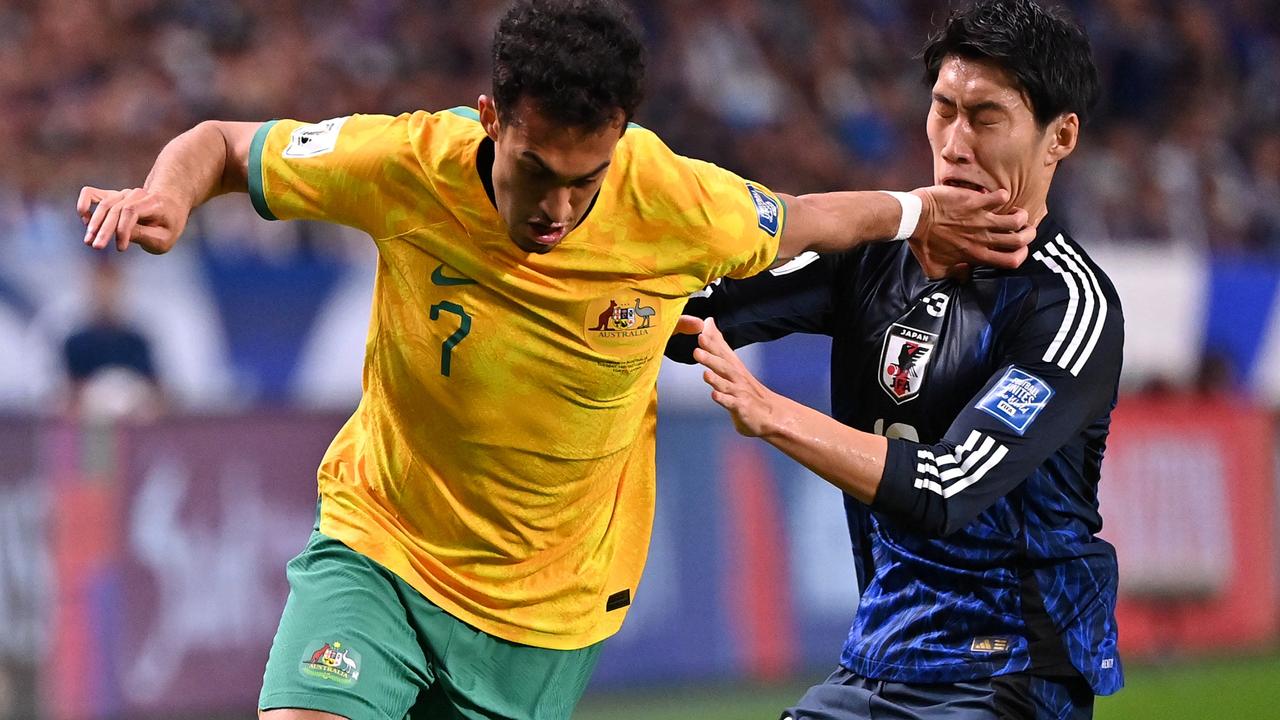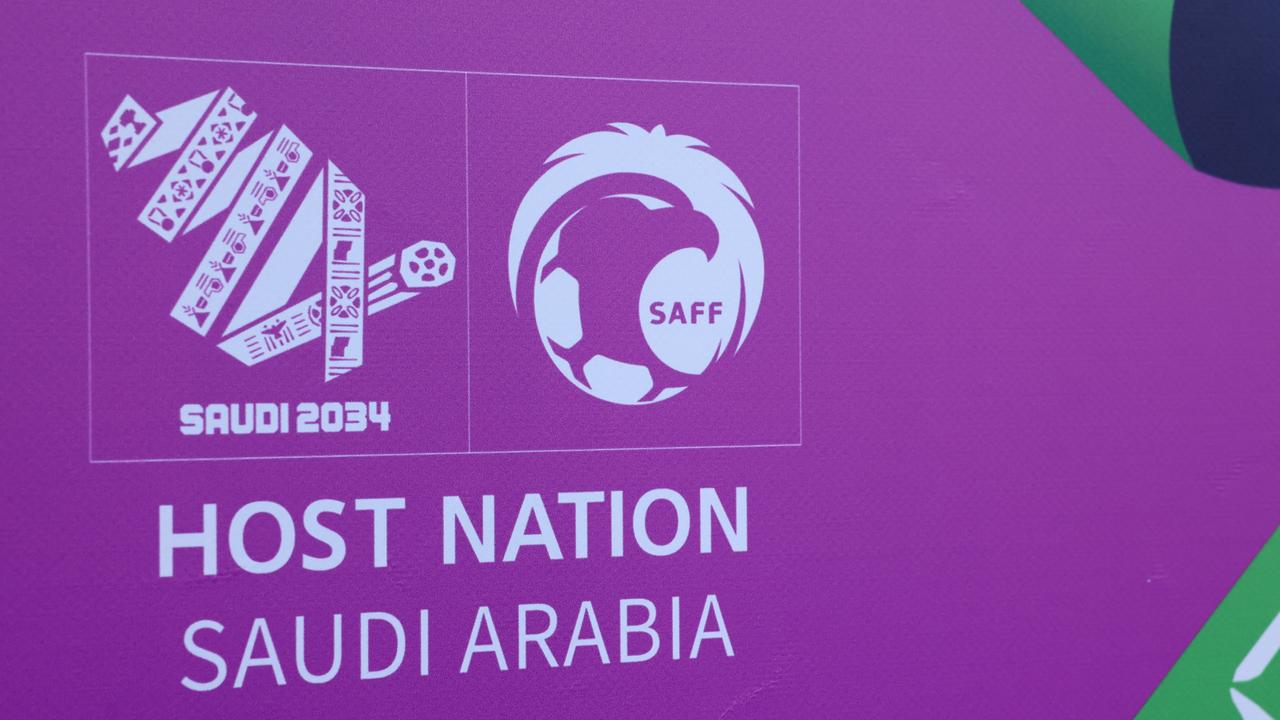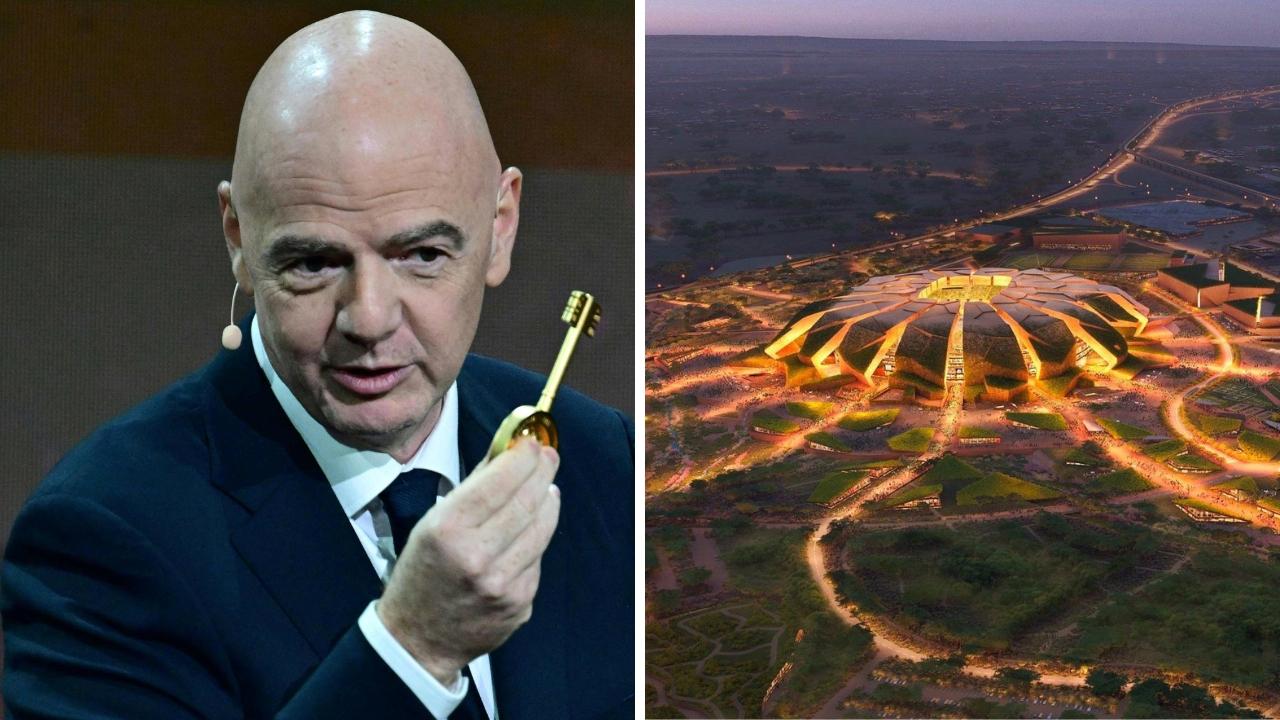Enormous pay disparity in Women’s World Cup exposed
All eyes are on the Women’s World Cup, but new research has revealed a dark truth for every player.

As the globe turns its collective focus towards the 2023 FIFA Women’s World Cup, a spotlight has been shone on the enormity in pay difference between the men’s and women’s teams.
While it would come as no surprise to most that some inequity still exists in 2023, the true extent of the disparity will likely come as a shock.
The country with the biggest gender pay gap in terms of average team salary, according to Oddspedia research, was revealed to be England which has an astronomical gap of -2,425 per cent.
While the men’s World Cup team has an average team salary of $13,456,420, the women’s World Cup team – the second favourites to win – takes home peanuts in comparison with just $532,959.
The US World Cup team, which is at the top of the list to win, has a gender pay gap of -739 per cent, which is representative of more than $2.5 million.
The US Women’s World Cup team’s average team salary is even less than England at $341,533, while the men earn just shy of $3 million at $2,865,990.
The Australians aren’t much better, with a gender pay gap of -549 per cent and the average team salary for the men being $836,138 to the women’s $128,761.

The startling difference in salaries between genders is consistent across the board, with the biggest disparity belonging to Argentina with a pay gap of -174,294 per cent.
Behind Argentina was Morocco with -48,324 per cent, Brazil with -35,972 per cent, and
Portugal with -31,180 per cent.
The eye-opening data came days after the Matildas called out FIFA over the prize money pay gap, releasing a video asking governing bodies to better invest in the women’s game.
“Collective bargaining has allowed us to ensure we now get the same conditions as the Socceroos (the professional Australian men’s team), with one exception – FIFA will still only offer women one quarter as much prize money as men for the same achievement,” the players said.
“And our sisters in the A-league Women’s are still pushing for football to be a full-time career, so that they don’t have to work part-time jobs like we had to.”
Prize money for the women’s tournament has been set at about $160 million, with the men’s competition last year worth about $643 million.
In the video, the women pointed out the first World Cup to award prize money to women was in 2007 – 25 years after the men.
For the first time, women’s national teams in 2023 have been given dedicated training bases, with FIFA mandating all players receiving a minimum salary, conditions and resources throughout the event.
More Coverage
FIFA has now pledged to equalise World Cup prize money for its two senior tournaments by 2027.
The Matildas join only a few women’s teams with a pay deal in place for the 2023 World Cup, with England, Canada and Nigeria locked in pay disputes with their respective federations.
Television broadcasting rights, licensing and ticket sales makes most of FIFA’s money internationally, while in Australia, it has a broadcast deal with Optus which sublicences 15 matches to Seven.






